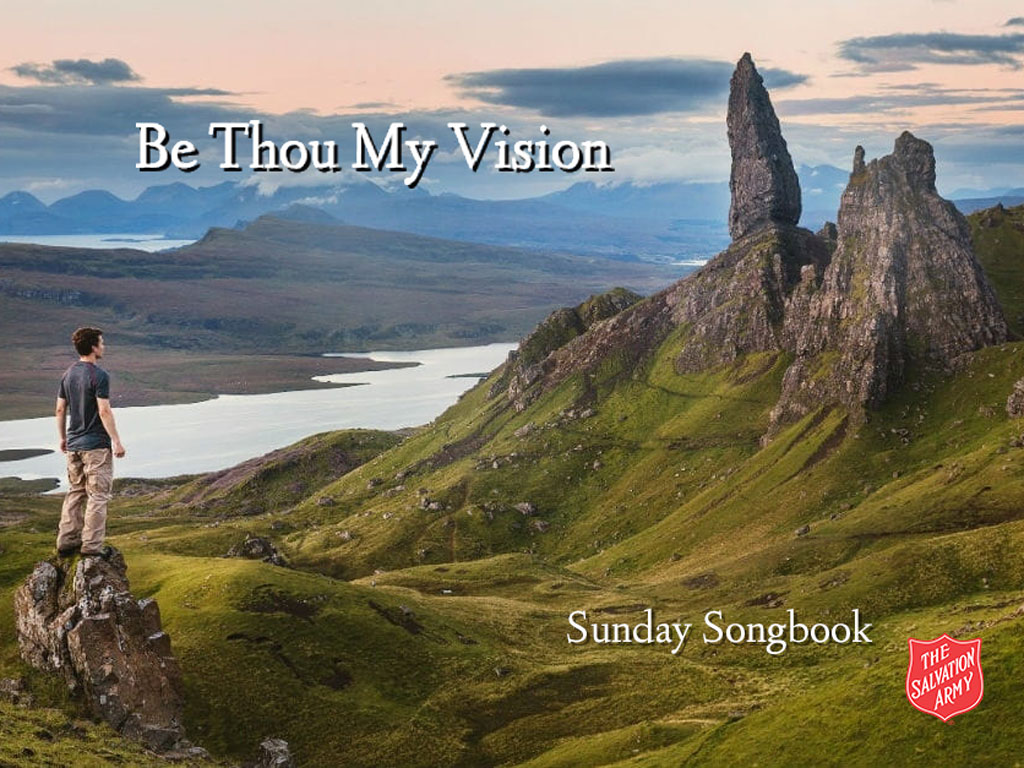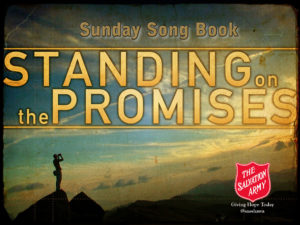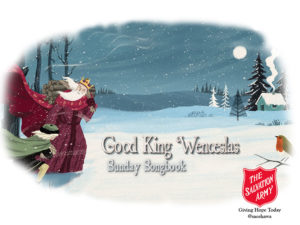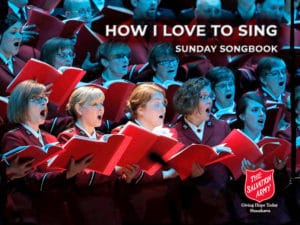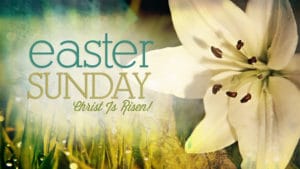Be Thou my vision, O Lord of my heart!
Naught be all else to me, save that Thou art;
Thou my best thought in the day and the night,
Waking or sleeping, Thy presence my light.
Be Thou my wisdom, be Thou my true word;
I ever with Thee and Thou with me, Lord;
Thou my great Father and I Thy true son;
Thou in me dwelling and I with Thee one.
Be Thou my breastplate, my sword for the fight;
Be Thou my armor and be Thou my might;
Be my soul’s shelter and Thou my high tower;
Raise Thou me Heavenward, O power of my power!
Riches I heed not, nor man’s empty praise;
Thou my inheritance now and always;
Thou and Thou only the first in my heart;
High King of Heaven, my treasure Thou art!
High King of Heaven, Thou Heaven’s bright Sun,
Grant me its joys after victory is won!
Christ of my own heart, whatever befall,
Still be my vision, O Ruler of all!
Quite a bit of history surrounds this 8th century hymn! An unknown Irish poet wrote a prayer asking God to be his vision, wisdom and best thought. The seeds for this man’s faith were likely planted by St. Patrick, 5th century missionary to the Druids in Ireland.
Patrick, the son of a deacon and grandson of a Christian priest, was born in 373 A.D. near the Clyde River in what is now Scotland. As a teenager, he was taken by pirates to Ireland as a slave. Somehow, it was there that he recognised his need of Jesus Christ and gave his life to Him. Patrick managed to escape his captors and returned home. Instead of staying comfortably with his family, however, he followed a visionary dream in which he saw an Irishman pleading with him to come and spread the Gospel in Ireland. Although the Druids tried to kill him, Patrick had a very fruitful ministry in which he planted about 200 churches and baptised 100,000 converts. The Irish church produced many poets and hymnwriters over the centuries.
In 1905, Mary Elizabeth Byrne, who was studying in Dublin, Ireland, discovered the anonymous 8th century prayer and translated it into English. Eleanor Hull, a student from England, converted Byrne’s work into a rhythmic poem, which was soon bonded to the Irish folk tune, Slane. Slane was an area of Ireland where St. Patrick is said to have preached the Gospel to the Druids, and thus the hymn’s history was brought full circle. Two very similar alternate versions of the words are found in the S.A. 2015 Song Book.
